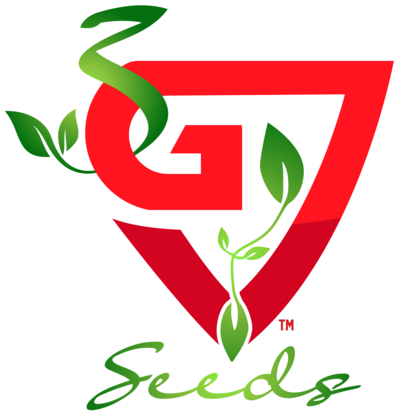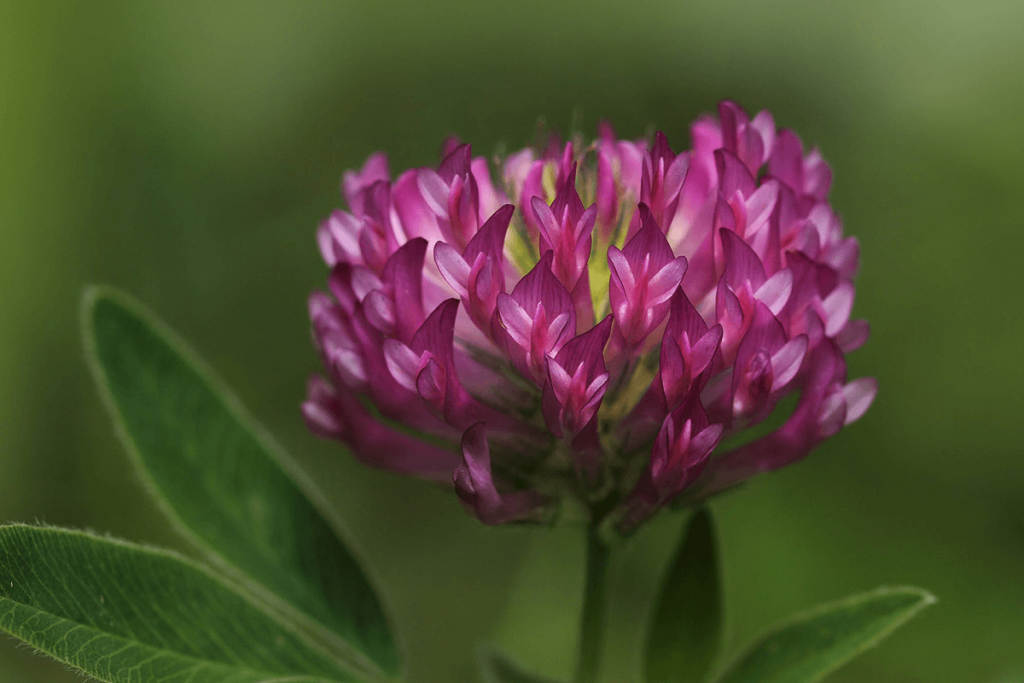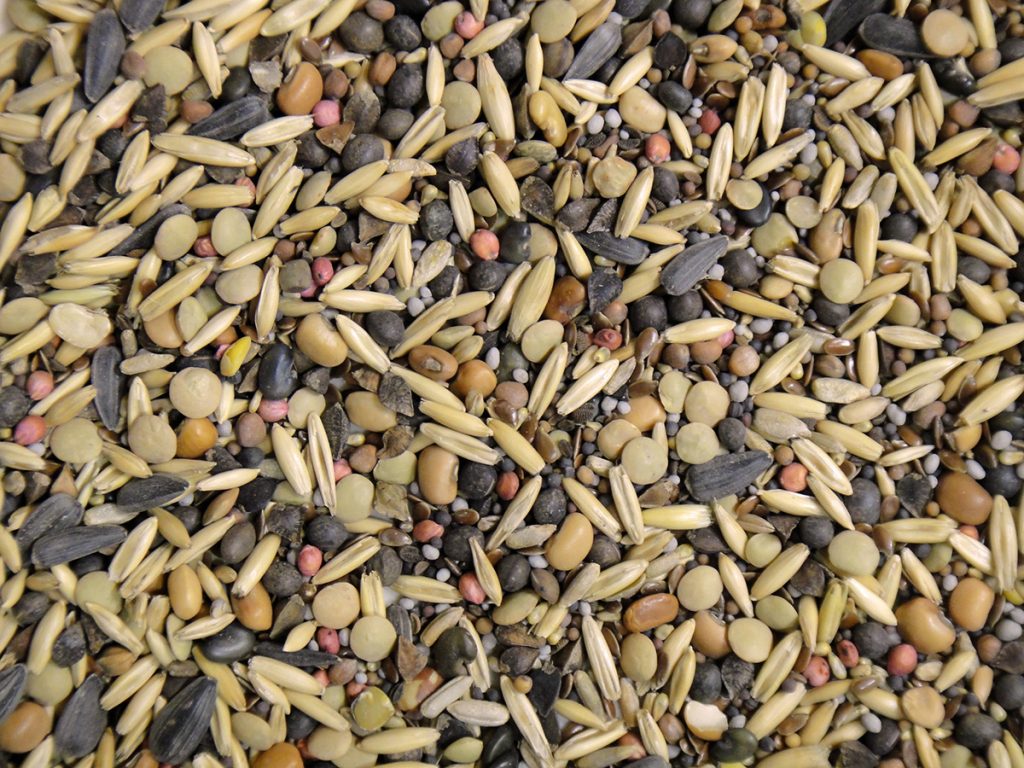

Grass cover crops are most useful for… Nutrient scavenging Reducing or preventing erosion Producing large amounts of residue and adding organic matter to the soil Reducing weed suppression Breaking up soil compaction Usually high in feed quality for grazing and forage practices.
Types
Annual Ryegrass
Barley
Cereal Rye
Triticale
Spring Oats
Sorghum-Sudangrass

Legume cover crops are used to: Fix atmospheric nitrogen for use by subsequent crops Reduce or prevent erosion Produce biomass and add organic matter to the soil Attract beneficial insects
Types
Berseem Clover
Crimson Clover
Hairy Vetch
Red Clover
Sunn Hemp
Sweetclover
White Clover
Winter Pea

Non-legume broadleaf cover crops are most useful for: Breaking up soil compaction Soil building by adding organic matter to the soil Scavenging nutrients—especially nitrogen—left over from a previous crop Suppressing weeds
Types
Buckwheat
Daikon
Radish
Rapeseed
Purple Top Turnip
Other

Mixtures of legume, broadleaf and grass cover crops combine the benefits of all the seeds, including biomass production, nutrient scavenging, nitrogen production, as well as weed and erosion control. Multiple seeds offer support for each other in various growth stages Failure of one seed in a blend is outweighed by the success of the other seeds.
Mix Types
Wheat going to Corn mix
Wheat going to Soybeans mix
Beans going to Corn mix
Corn going to Beans mix